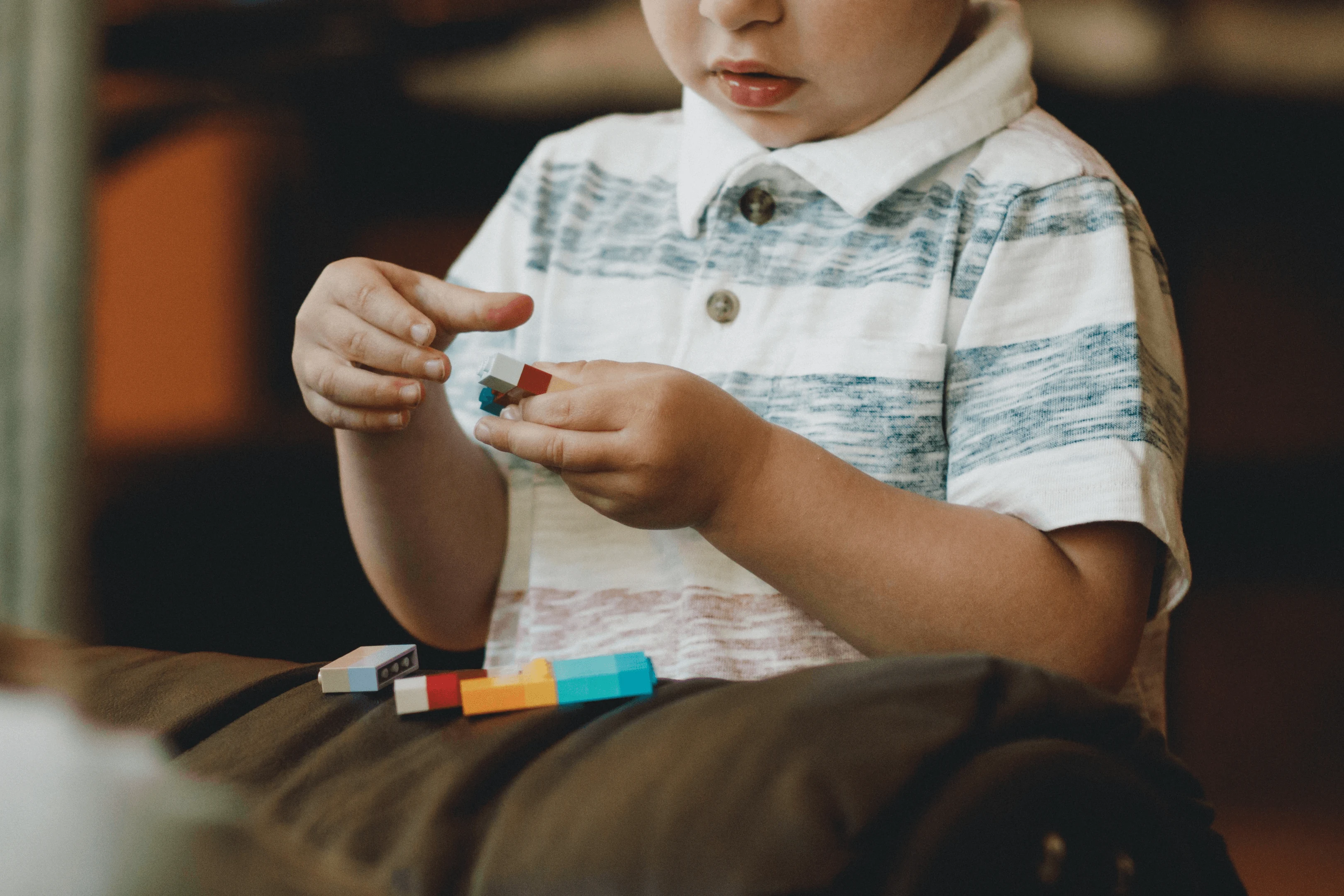
I often get asked by parents if I think their child has got autism or autism spectrum disorder. And the first thing I always say is that, as a teacher, I am not qualified to make that diagnosis. An autism assessment should always be made by a qualified health practitioner.
However, I do have thirty years experience of working with young children, and one thing I know for sure is that they have an innate need to repeat certain behaviors, including rotating and spinning objects.
How Do Young Children Learn?
Repetition is key to the way we all learn. When I am cooking for example, I often need to practice a recipe a few times by repeating it until I get it right. Perhaps when you are learning a new skill such as dancing, you will probably need to repeat the steps quite a few times until you have grasped them. The same can be said for any new skill.
For young children, repetition is essential. If you stand back and watch your child, you may notice that they often repeat actions. They may enjoy watching the same TV program over and over again; they may ask for the same storybook or they may like to repeat actions, such as lining up their toys or building towers and knocking them down repeatedly.
Repetition is really important for young children. In fact, it’s crucial. It is only by having opportunities to repeat actions, over and over again that children’s brains start to process new information and new concepts.
What are Schemas?
Some of these repeated actions can be grouped together and they are often referred to as schemas. There are lots of different schemas. Sometimes children may have a very strong tendency towards one particular schema. Other children may repeat different actions because they are working through more than one schema at the same time.
The Rotation Schema
Rotation schema is when young children become drawn to repeating actions like spinning or rotating. Often when I am visiting schools, teachers complain that their children are always turning on the taps and leaving them running. If these are young children, I advise them to watch out for other examples of the children spinning objects or rotating things – these children may well be in the rotation schema.
Why are They Turning, Twisting and Rotating?

By twisting and turning around, these children are exploring the space around their own bodies. They are exploring how their body fits into a world where spinning and turning is a concept. They have a strong need to repeat these actions because they are trying to make sense of rotations.
What Kind of Behaviors Might You See?
Children will rotate their own bodies and spin and twist objects. Watch out for any kind of rotation schemas including:
A fascination with twisting taps on and off.
Using their fingers to make spiral patterns in sand or water.
Making spirals or circles with their fingers in their food.
Holding onto a poll and twisting around it until they are dizzy.
Painting or drawing spirals.
Twisting or turning door handles.
A strong interest in toys that twist like wind up toys.
Twisting wool or string or twisting their fingers in their hair.
Sitting on their bottom and spinning around in circles.
Rolling objects or rolling down a hill or mound.
Asking you to pick them up and spin them around.
Pushing prams or riding wheeled toys like toy cars around in circles.
Playing with toy propellers or spinning tops.
If you watch carefully and tune into your child, you may start to notice a keen interest in rotation. Rotating objects, including their own body, is a natural part of child development in young children and should not be a cause for concern.
Just because a child has a need to rotate objects does not mean that they have autism spectrum disorder. They are probably exploring their world and learning to make sense of it. We can support this by providing lots of lovely new words and language as they play. To help your child process the concept of rotation, play schema alongside them and introduce new words for example:
Spin
Turn
Wheels
Rotate
Twirl
Whirl
Circles
Spirals
Round
Dizzy
We can also support them by providing resources that offer rotation schema opportunities, for example:
Paint easel and brushes
Concentric circles
Rolling out dough or pastry
Construction toys that have nuts and bolts or propellers to twist
Fidget spinners
Water wheels
Old-fashioned hand whisks
Is It a Sign of Autism?

Is it rotation schema or autism? The rotation schema alone is not a sign that your child has autism. Spinning, twisting and turning are signs that your child is interested in exploring their world. This is great news as your child is showing a natural curiosity and inclination to learn, problem-solve and find out new things. They will, of course, need to repeat these behaviors because just like dancing or cooking, they are processing a lot of new information that adults often take for granted.
If your child seems to be completely fixated on spinning objects and cannot be distracted to share their attention with you, try to gently encourage them by getting down to their level, sitting alongside them and copying their play.
Conclusion
Repeated schematic behaviors alone are not an indication of autistic children. However, if your child is displaying a wide range of other behaviors linked to autism spectrum disorder and you are concerned, always visit your doctor or health professional for further advice.
As always, the key to successful child development is supportive adults that understand that children need to play and allow them time to do so.
Have fun together and avoid any kind of pressure. You only get one chance to be three years old so let’s make it a great one.
